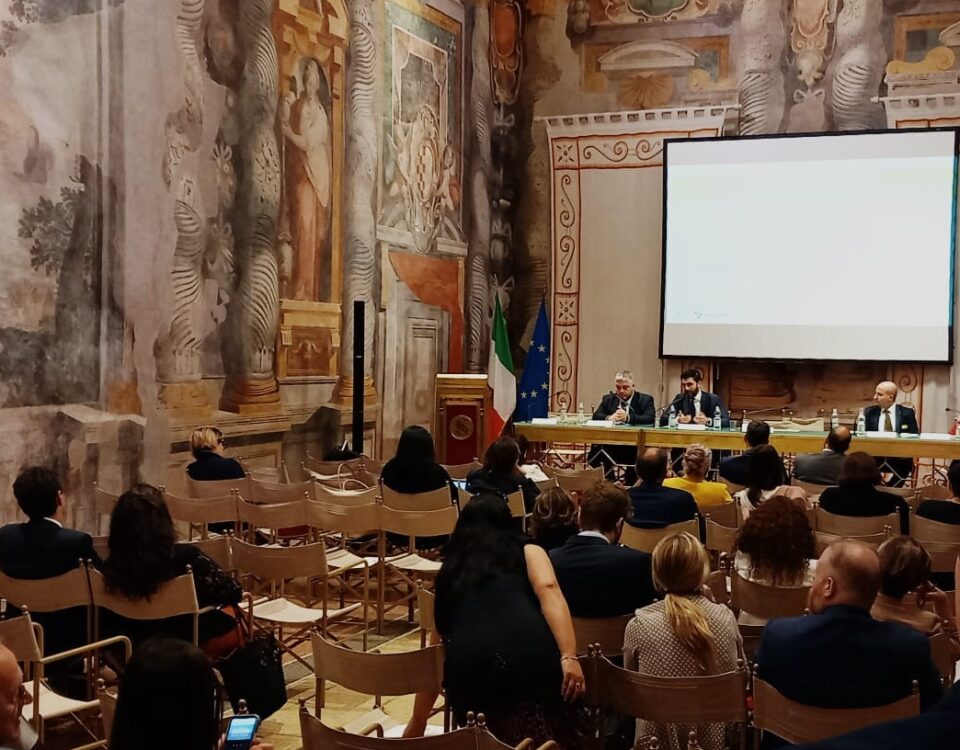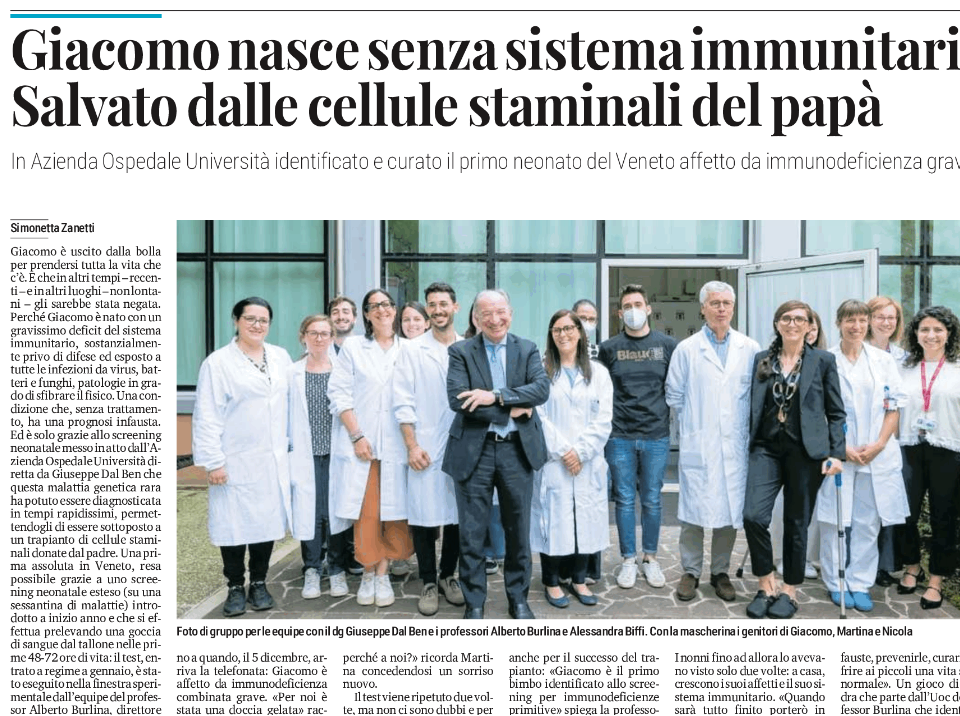Autistic children’s abnormal metabolic profile findings
3 Aprile 2005UW researchers identify potential therapeutic target for Huntington’s disease
6 Aprile 2005Researchers pioneer new gene therapy technique using natural repair process
“DALLAS – April 4, 2005 – Harnessing the strength of a natural process that repairs damage to the human genome, a researcher from UT Southwestern Medical Center has helped establish a method of gene therapy that can accurately and permanently correct mutations in disease-causing genes.
The findings are available online in Nature.
By artificially initiating a DNA repair process known as homologous recombination, Dr. Matthew Porteus of UT Southwestern, working with scientists from Richmond, Calif.-based Sangamo Biosciences, was able to replace a mutated version of the gene that encodes a portion of the interleukin-2 receptor (IL-2R) in human cells, restoring both gene function and the production of the IL-2R protein. Mutations in the IL-2R gene are associated with a rare immune disease called severe combined immunodeficiency disease, or SCID. Children with SCID are unable to successfully fight off infections, and must constantly live in a germ-free environment. Their lifespans are usually shortened by systemic infection, and while bone marrow transplants can be used to treat the disease, they are not always successful.
“SCID is ideal for this sort of therapy because you only need to correct the defect in a small number of immune cells to fix the problem,” said Dr. Porteus, assistant professor of pediatrics and biochemistry at UT Southwestern. “This is called selective advantage, the healthy cells grow and divide preferentially over the mutant ones.”
Previous gene therapy attempts for SCID have been only moderately successful because of technical difficulties in the delivery method. In one instance, the correct IL-2R gene was delivered to mutant cells of SCID children by a disabled virus, but some subsequently developed leukemia because the virus inadvertently turned on a cancer gene.
Dr. Porteus’ strategy differs fundamentally from previous gene therapies because it essentially replicates the natural process, which is more accurate. This accuracy means that, in practice, the gene therapy only affects the mutant gene.
Homologous recombination is a fairly rare event that occurs when DNA strands of one chromosome break, creating a damaged section. Cells have two copies of nearly every chromosome (one each from the mother and father) and they must duplicate these during cell division so that the subsequent cells will also have two each. The wounded chromosome takes advantage of the healthy copies created in preparation for division, and uses them as a template to repair the break in the DNA strands.
In the new gene therapy technique, researchers took advantage of homologous recombination by introducing a man-made enzyme that recognizes and binds DNA at specific points into human immune cells harboring the mutant IL-2R gene. Once bound to the mutant gene, the enzyme creates a break in the DNA sequence, initiating the recombination process.
In SCID, as well as many other diseases, both copies of the disease gene are mutated so there is no correct version naturally available. To overcome this, researchers also supplied the cells with a correct version of the IL-2R gene along with the enzyme.
Given the correct copy as a template, the recombination event occurred at the break site and 11 percent of the cells tested had traded one copy of the mutant gene for the correct version. In addition, 6 percent to 7 percent of cells had traded both copies of the bad gene for the correct version.
With the correct IL-2R gene in place, levels of the IL-2R protein also were restored.
The change to the cells seems permanent, Dr. Porteus said, and the correct gene is easily maintained after many cell divisions.
“The rates of correction that we see are extremely exciting,” said Dr. Porteus, who was recently awarded a 2004 Distinguished Young Researcher Award from the President’s Research Council at UT Southwestern for his early contributions to the gene therapy technique. “That we can fix mutations in human immune cells makes us very optimistic that this therapy will work in several other diseases, such as sickle cell disease.”
Sickle cell disease is a disorder in which blood cells carry a mutation in hemoglobin. The mutation causes the blood cells to change shape, preventing them from flowing through the blood vessels efficiently. One out of every 12 African-American individuals carries this mutation, and one out of every 500 African-American births is afflicted with disease.
In theory, blood stem cells with the sickle cell mutation could be removed, treated with the enzyme and the correct version of the mutant gene, and eventually given back to the patient, spawning the growth of healthy blood cells, Dr. Porteus said.
###
This study was funded by the NIH, the Burroughs Wellcome Fund, and Sangamo Biosciences.
This news release is available on our World Wide Web home page at http://www.utsouthwestern.edu/home/news/index.html
To automatically receive news releases from UT Southwestern via e-mail, subscribe at www.utsouthwestern.edu/receivenews
“




